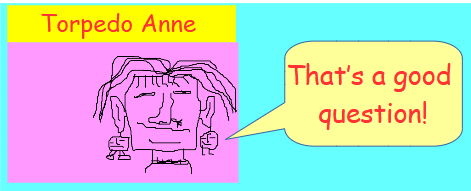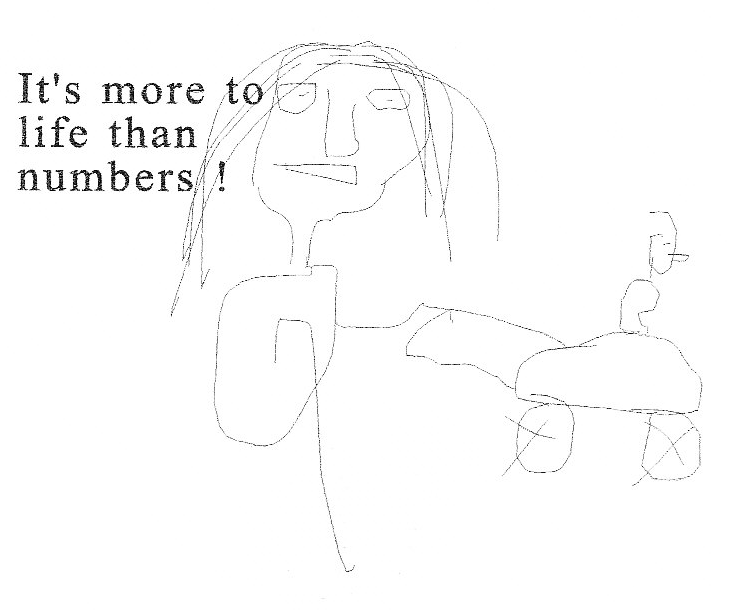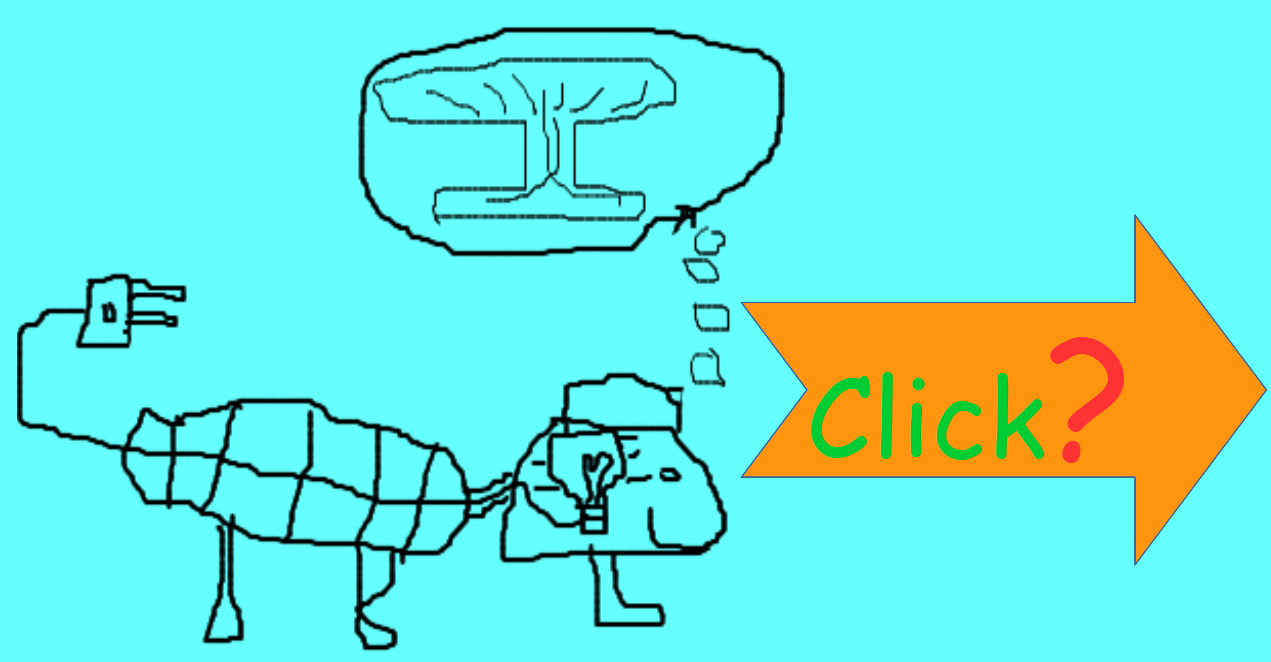page2021 Rings Matthias Lorentzen...mattegrisenforlag.com
Look at the picture beneath, then
scroll down to the question and click the correct Answer button.


Exercises: Ideals , Extensions & Vector Spaces
Exercise
Let us start with an exercise that bridges the concepts of ideals , simple extension fields,
and introduces vector spaces.
Exercise:Exploring a field E as a Vector Space.
Let F = `QQ` be the field of rational numbers. Consider the polynomial
`p(x) = x^2 - 2` `in QQ[x]`.
1. Show that the ideal `I = langle p(x) rangle` generated by p(x) in `QQ[x]` is a maximal ideal.
2. Deduce that the quotient ring `K = QQ[x]"/" I` is a field. This is a simple extension field of `QQ`.
3. Demonstrate that K is a vector space over `QQ`.
4. Find a basis for K as a vector space over `QQ` and determine its dimension.
Detailed Solution (including explanation of Vector Space theory used):
Before we dive into the solution , let us briefly revisit the definition of a Vector Space.
Introduction to Vector Spaces:
A vector space (or linear space) V over a field F is a set V equipped with
two operations:
1. Vector Addition: For any u , v `bb in V` , there is a unique element `bb {u + v in V}`.
2. Scalar Multiplication: For any c `in F` and u `bb {in V}` , there is a unique element
`c bb {u in V}`.
Continuing:
Solution:
Let us adress each part of the exercise:
1. Show that the ideal `I = langle p(x) rangle` generated by p(x) in `QQ[x]` is a maximal ideal.QED
2. Deduce that the quotient ring `bb {K = QQ[x]"/"I}` is a field.
QED
3. Demonstrate that K is a vector space over `QQ`. QED
4. Find a basis for K as a vector space over `QQ` and
determine its dimension:
As established earlier , every element of `K = QQ[x]"/"langle x^2 - 2 rangle` can be uniquely
written in the form
(ax + b) + I , where `a , b in QQ`.
Note: We often abuse notation and write ax + b for (ax + b) + I and x for x + I.
Let us consider the set B = { 1 , x } , or more precisely , { 1 + I , x + I }.
Span: Any element in K can be written as `a * (x + I) + b * (1 + I)`. This is a
linear combination of x + I and 1 + I with coefficients `a , b in QQ`. Therefore
{ 1 + I , x + I } spans K.
Linear independence: Suppose we have a linear combination that equals the
zero vector 0 + I : `c_1 * (1 + I) + c_2 * (x + I) = 0 + I` for some `c_1 , c_2 in QQ`.
This means `(c_1 + c_2 * x) + I = 0 + I`. This implies that `c_1 + c_2 x in I = langle x^2 - 2 rangle`.
Since `p(x) = x^2 - 2` has degree 2 , any non-zero polynomial in I must have degree
at least 2. However , `c_1 + c_2 x` is a polynomial of degree at most 1. For `c_1 + c_2 x`
to be in I , it must be the zero polynomial unless its degree is `>= 2`.
The only polynomial of degree less than 2 that is in `langle x^2 - 2 rangle` is the zero
polynomial. Therefore , `c_1 + c_2 x = 0`. This polynomial is identical zero only if its
coefficients are zero: `c_1 = 0` and `c_2 = 0`. Thus the set
{ 1 + I , x + I } is linearly independent
over `QQ`.
Since {1 + I , x + I} spans K and is linearly independent over `QQ` , it forms
a basis for K as a vector space
over `QQ`. QED
This exercise beautifully illustrates how a field extension
inherently possesses the structure of a vector space over its base field. The degree of the irreducible polynomial , 2 in this case , directly corresponds to the dimension of the resulting field extension as a vector space over the base field.
This is a fundamental result in field theory often stated as:
Theorem: If f(x) is an irreducible polynomial of degree n over a field F , then `F[x] "/" langle f(x) rangle `
is a field extension of F of dimension n over F. END EXERCISE
Question
The set `B = {1 , x , x^2}` is not a basis for `K = QQ[x] "/" langle x^2 - 2 rangle` as a
vector space over `QQ`. Which statement correctly explains why this set fails to be a basis:
A) The set B is linearly dependent. The elements of K satisfy the relation
`x^2 = 2` , because `x^2 - 2` is the zero element. Therefore the vector `x^2` can be written
as `2 * 1 + 0 * x` , meaning it is a rdundant element and must be excludet from the basis.
B) The set B is not a spanning set. The vectors in K are all polynomials of degree less than
2 , and the element `x^2` cannot be includet in K because its degree is greater than or equal
to the degree of the ideal generator `x^2 - 2`
?
